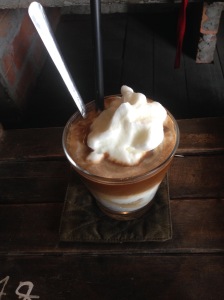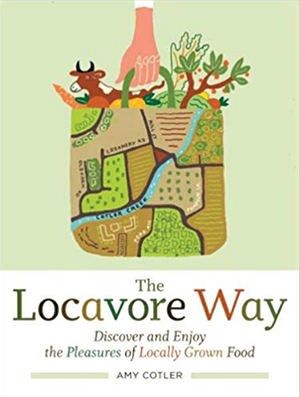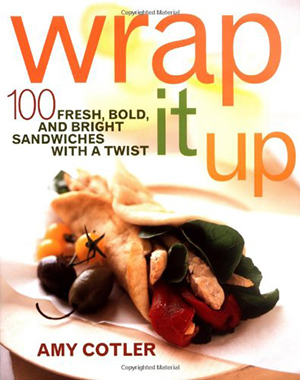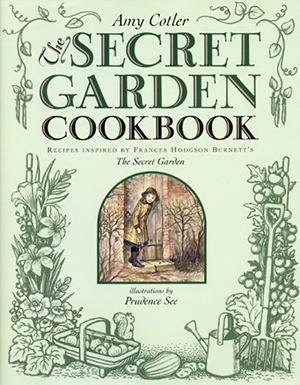
After sleepy Laos, caffeinated Hanoi woke us up. Seconds after leaving our guesthouse, we were crossing anarchistic avenues jammed with shops and cafes. Vietnamese sat everywhere on tiny plastic foot stools, spilling out from cafes onto sidewalks, drinking iced coffee, engaging in chatter, while peeling sunflower seeds, dropping them, along with everything else, the ground. Walking by their emotive faces, arguing, laughing, haggling and hustling reminded me of my old Jewish relatives in New York. Not remotely like the smiling Thai or shy Lao. Intense!

After Lao curlicues, modern Vietnamese street signage popped out with its Roman lettering, dancing digraphs and accents for emphasis and tone. Hanoi’s youthful buzz felt new, too.
This city never sleeps. From our 3rd story room we heard traffic and chatter all night long. Then, shortly after dawn, cars with megaphones drove through neighborhoods, urging everyone to clean up, hang their flags high, and I’m not sure what else.
But even before light, street vendors cycled in from country villages to work an endless day selling crispy crab spring rolls (Nem Cua Be) and dozens of other goodies. There’s oodles of plastic styrofoam for take out. But for full meals and wetter fare, plastic plates and bowls are used. Vendors squat curbside, washing them in sudsy, big bowls.
One job alone won’t suffice. So everyone juggles several forms of work. Or so I was told by a 20-something Vietnamese man before he offered me a tour. The Vietnamese government learned fast, dumping a communal work model for this working economy, which includes zillions of forms of entrepreneurship, often selling tours or clothing, at least in the touristy areas like the old quarter.
There’s peace old growth trees, which are so beloved that last mayor lost his job, in part, because he ordered 6,700 trees cut down. Soon, we were slipping into quieter alleys lined with bright red flags with their yellow stars, savoring coffee along with the crowds.


Caffeinated Hanoi
Iced coffee anyone? Powerful, with a distinctive caramelized flavor, Vietnamese coffee is an ideal when mixed with the sweetened condensed milk and plenty of ice. (Carnation captured SE Asia before refrigeration was common and it never let go.)
Hanoians are addicted to coffee, hot or cold, and we quickly joined their ranks to fuel our walks. The famous egg coffee with egg yolk and condensed milk whipped until frothy or coconut coffee, topped with coconut sorbet, make a tasty meal. (Though I ate plenty more.)

Coffee should be at home here. After Brazil, Vietnam’s the largest coffee producer, although much of it’s used for instant coffee, earning it a bad rap. Good Vietnamese coffee is long roasted, historically in butter, giving it a deep, rich flavor. It’s dripped over each cup through a simple metal double metal filter, called a phin, solo, or over a layer of sweetened condensed milk. The results are strong, unique and quite magical, although they don’t please all Westerners because of its acidity and slight bitterness. It DOES please me, although it needs the rich lift it gets from sweetened condensed milk.

Some status seekers and coffee connoisseurs prefer expensive civet cat coffee, which is supposed to work like this: the wild cats sniff out the best beans and eat them. Then, something fabulous happens in their digestive system, and the improved beans are collected from their feces. Sound appetizing?

Walking
I hear the traffic here doesn’t compare with Ho Chi Minh City (Saigon). But Hanoi’s streets were wild, requiring a new point of view to cross. Our travel pal, Shirley, remembers not long ago when there were no streetlights at all.
But they’re still scant, and turning either way is a vehicle free-for-all. One morning, Tom was waiting to cross a particularly busy street, when a tiny old woman grabbed him by the elbow and walked him across. A reversal of roles, eh?
The sidewalks that exist were crowded with cafes. And the wider ones were sometimes used for badminton games, or by motorcycles that skittered pass us to avoid road traffic.
At first we stood waiting for a Vietnamese to cross with, matching their pace as motorcycles zoomed past us. This took a live-in-the-moment attitude. But soon we were on our own. Just breathing, never stopping, while moving across in a consistent walking rhythm, so vehicles can estimate where to drive around you.

Meandering Hanoi
In Hanoi we learned to slow down. At first, this large city simply swept over us with its billboards, endless shops and loud motorbikes. But once we began to pay attention, we were seduced by its romantic shutters, narrow alleyways, large lakes and by its vibrant people. We stopped and saw some sites, sure, but when we took it easy we began to absorb Hanoi.
Unlike Bangkok, where it seemed most people were indoors escaping the heat, Hanoi has dynamic street culture. Everyone was out eating, drinking, selling, gathering around itsy sidewalk tables, engaged in chat.

The most visited spots, the adjacent French and Old Quarter, sport varied architecture in French Colonial and Chinese shop house style, 2 or 3 stories with a shop on the bottom, living quarters up top. Many of the colonial buildings are painted light ochre with white trim, pleasing to the eye, especially in combo with the deep green of their palm trees out front.

Astride the Old Quarter is Hoan Kiem Lake, with trees whose trunks tip over its edge and cultivated green area running around it. Women in orange outfits clean and maintain, students approach tourists to practice their English, everyone exercises. At night, walkways along the lake are well used, bright with pretty lights overhead, next to the whirr of headlights on the wide boulevard beside it.

Heading northwest through the old quarter, blocks are crammed with narrow stores, often grouped by category — a block with shoes lined up on sidewalk tables, another with hanging red lanterns and hundreds of red and gold calendars for sale, and on. In about fifteen minutes we come to a second lake, West Lake, in a quieter area, away from the bustle, popular with ex-pats and young professionals.

The southern part of the area had a hip vibe. We passed a good bookstore, cooking school, and climbed the stairs to the Manzi Gallery in a restored French building, where we browsed some of the emerging young Asian artists, whose works are for sale at an affordable price.
The War
Walking back to our room, we passed bikers with conical hats peddling oodles of flowers. Women wandered by, carrying the iconic bamboo shoulder pole with baskets hanging on either end. Before I could respond, one walked up to me on the sidewalk, took her heavy pole off and hung it on me. Its weight —maybe 50 pounds — cut sharply into my shoulder.
By that time, I’d been obsessing about the Vietnam war, which was engraved into my teen years. I’d been looking at the Vietnamese, especially women my age, wondering about their anger level, and about what they’d been through during the war.
So, the second I felt the basket’s weight on my shoulder, my first guilty thought was: Is she punishing me for the damage done to her country? But she held up both hands in front of her face, as if holding a camera. No, it appeared she thought Tommy might want to take a picture of me with her baskets, and then pay her for it.
A few weeks later, in Kampot, Cambodia, we spoke to a Canadian, who worked in a Hanoi facility for Vietnamese damaged by agent orange. (The chemical is a defoliant that Americans war planes dropped that brutalized the Vietnamese for generations. It continues to appear in the DNA of the grandchildren of those who originally felt its effect.)
She told me that the victims, even the older ones directly affected, don’t blame Americans. They seem to understand that governments are not people.
I’m a tourist, skipping along the surface like a rock on a pond, so I don’t understand this culture in depth. But Americans would not be so forgiving.





